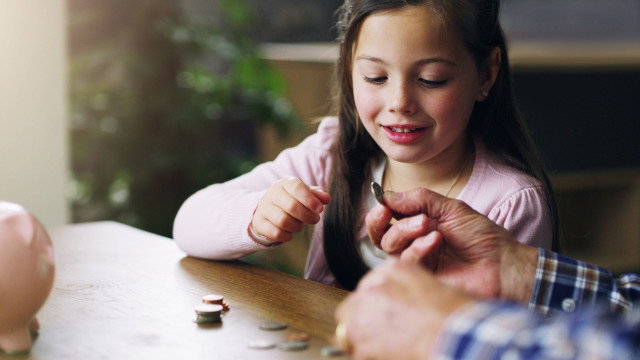Beginner’s Guide to the Chakras

The philosophy of Ayurveda is based on the presence of 5 elements (Pancha Mahabhutas), which are the building blocks of the entire universe (the macrocosm) and of our physical body (the microcosm).
The 5 Elements
According to this ancient Vedic holistic healing method, each human being has a different balance of the following elements.
- Ether / Space (akasa)
- Air / Wind (vayu)
- Fire (agni)
- Water (jala)
- Earth (pṛithivi)
These elements affect us differently, physically, mentally, emotionally, and energetically.
How the Elements Connect to Your Chakras
Practicing yoga helps manage the vital energy (prana) or life force that gives life to all levels of being. Prana enables the body to move and the mind to think. It is the intelligence that coordinates our senses and the perceptible manifestation of our higher selves.
According to Ayurveda, prana’s subtle energy runs in the body on the left and right sides of the spine. Like two rivers flowing, they cross and re-cross each other over each body cavity. As they cross, they create a spark of energy — or a whirling vortex called a chakra. Chakras are energy centers in the subtle body corresponding to points in the spinal cord, nerve- plexus, and organs in the gross physical body.
Each of these chakras corresponds with basic elements. Therefore, one can access these elements and bring them in balance by focusing on the chakras.
Understanding Each Chakra
- Muladara chakra or root chakra: Represents stability, support, and survival. It indicates the earth element. We feel strong, grounded, and balanced when there is prana flowing through this chakra. You can bring this element into balance by practicing the yoga in my course on balancing the elements.
- Svadhisthana or sacral chakra: Controls emotions and response to fear, joy, and general sense of wellbeing. It also balances water in the body, corresponding with the water element. Ever noticed when you’re afraid or stressed that your body bloats? This indicates an imbalance in the water element, which represents fluidity, creativity, and fertility.
- Manipura or solar plexus chakra: Represents power, wisdom, inner strength, and courage. When there are no blockages, prana flows freely through this chakra, energizing the body like the sun revitalizes the earth.
- Anahata or heart chakra: Represents love, forgiveness, and compassion to all. It indicates the air element. This is the space for our compassion, kindness, and the ability to give and receive love and connection — just like air connects us all.
- Vishuddha or throat chakra: Represents faith in ourselves, trust in others, and creativity. It corresponds with the ether element. This represents self-expression, our ability to communicate. When the throat chakra is in balance, we become better at listening without judgment.
- Ajna or third eye chakra: Represents knowledge, intuition, and wisdom. It corresponds with the element of light. This chakra is the master instructor, responsible for guiding the whole body.
- Sahasrara or crown chakra: The gateway to higher dimensions. It allows us to tap into the infinite field of consciousness and feel divine unity with everything around us. It represents perfect balance — oneness with the universe. The element is divine consciousness. When this chakra is balanced and in tune, we realize that the knower, the act of knowing, and the known are one.
Experience the Benefits of Balancing Your Elements
Balancing our elements through breath and bodywork may help to increase our happiness and health, as it allows us greater capacity to understand the world around us free of judgment and mental impressions.
Try my course on balancing the elements, which can help you learn how to access and optimize the universe within.
Key Takeaways:
- The 5 elements in Ayurveda are: earth, water, fire, wind, and space.
- Practicing yoga helps manage the vital energy (prana) or life force that gives life to all levels of being.
- Prana’s subtle energy runs in the body on the left and right sides of the spine. As they cross, they create a spark of energy — or a whirling vortex called a chakra.
- There are 7 chakras, each with their own host of mind-body benefits.









